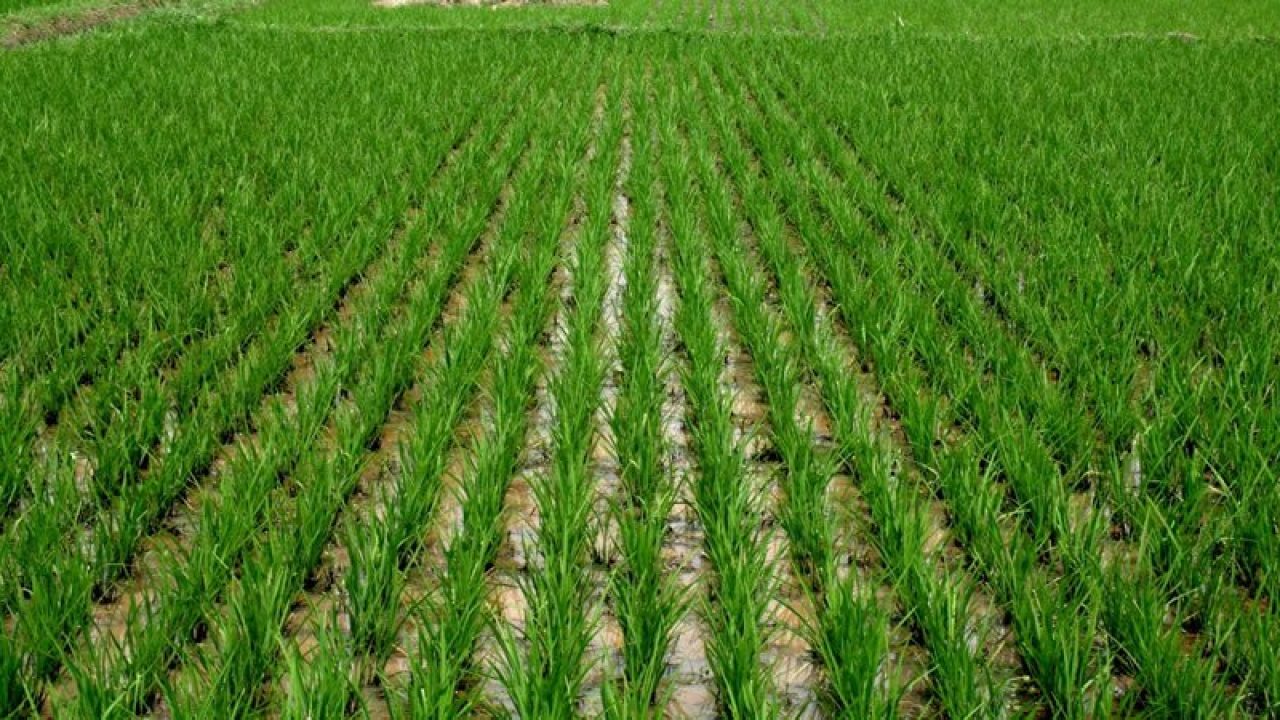The Nigerian agribusiness investment environment has its strengths, weaknesses, opportunities and threats as shown in the SWOT analysis below:-
SWOT Analysis of Nigeria AgriBiz:
Strengths
Readily available/Competitive Labour
Abundant Fertile Land
Ample Water Resources
Strong Government Support
Weakness
High Cost of Capital
Security Challenges
Weak Infrastructure
Opportunities
Import Substitution
Export Potential
Threats
Cheap Imports
Trade Barriers
While the government needs to focus on the critical role of providing security and infrastructure, the diaspora can play a vital role in providing a source of cheap investment capital, and much needed technology and expertise due to their long experience in technologically advanced countries of their residence.
The key driver is to maximise the strengths and eliminate the weaknesses in order to improve productivity, efficiency, and produce at globally competitive prices.
It is to be noted that in a globalised world, with international trade and commerce, we cannot escape from the fact that we are competing with far more efficient producers.
The key question at the moment is, despite centuries of farming experience and food production right from pre-colonial Nigeria to date, can we produce at globally competitive prices? e.g Sugar cheaper than Brazil, beef cheaper than Argentina? lamb cheaper than New Zealand. If not, what is the solution? And what is the missing link and what is the plan for bridging the gap?
Diaspora inflow can provide a key component of this missing link, which is cheap capital.
Various estimates put diaspora remittance between $25 billion to $30 billion annually, and this is projected to increase to about $34 billion by 2023 according to Price Waterhouse Cooper. Current estimates show that 70 per cent of the remittance inflow goes to consumption, while only about or less 30 per cent is available for investment.
The 30 per cent available for investment can be significantly increased if there is a secured investment platform that can be trusted by the diaspora community. A secure investment platform can provide the confidence required for the diaspora community to invest rather than saving funds in diaspora banks.
This secure investment platform should be open, transparent, flexible and regulated by the government. Additionally, the government can look into the possibility of providing some guarantees for this investment.
Some of the policies and programs currently in place to help incentivise investment that can be leveraged on by the diaspora community are as follows:-
1. Up to 58 per cent (about 47 million hectares) of fertile arable land available for agricultural production. Land can be obtained on a long term lease (99 years).
2. Immense opportunities in the livestock sector (beef, dairy, poultry, fisheries)
3. Subsidy on critical inputs like fertilizer, seedlings and pesticides.
4. Income tax relief for targeted agricultural investment.
5. Reduced Import Duty (custom, excise and value-added) for import of agricultural equipment and agro-processing equipment.
6. Exemption of interest from tax on loans granted to agricultural activities.
7. Exemption from Value Added Tax (VAT).
8. Access to Agricultural Credit Guarantee Scheme up to 75 per cent.
9. Avoidance of double taxation agreement, which eliminates double taxation with respect to income and capital gains.
10. Investment promotion and protection agreement provides reciprocal baseline protections for investments.
11. Africa Growth and Opportunity Act (AGOA), which allows the export of produce to the United States.
12. ECOWAS Protocol on Free movement of goods and services
13. Upcoming Africa Continental Free Agreement.
Going forward, a secure platform is required in order to properly channel the investment inflow, the proposed diaspora investment fund stewarded by NIDCOM is a good step in the right direction. Any such platform should provide proper regulation, transparency, flexibility to choose between investments, and it must be private sector driven.
Specifically for agriculture, because of its immense importance in food security, job creation prospects, and import substitution to save scare FOREX, the initiative has to be bold, long term and transformative. Towards this end, a Diaspora Agriculture Investment fund of $ 5 billion can be targeted.
Farm mechanisation, use of Best Available Technology (BAT), International Best Practices are urgently required to improve efficiency and farm productivity at all levels.
Various estimates show that Nigeria needs around 5,000 to 7,000 tractors per annum for at least 10 years in order to meet our Tractorisation needs. Local assembly/production of tractors will play a vital role towards achieving this target. Better technologies for soil fertility mapping, weather prediction, crop health monitoring, etc are required to complement existing systems.
Apart from the upstream farming activities, storage, cold rooms, transport of farm produce, processing, preservation, grading and standardisation are all required in order to complete the efficiency circle.
The hundreds of millions of dollars being poured into various agricultural schemes can be pooled together with diaspora investment funds in a 50:50 equity to provide long term financing for sustainable agriculture to support the lifting of 100 million Nigerians from poverty, increase socio-economic activity, reduce youth restiveness, provide food security and foreign exchange through export of agricultural produce to Europe, Asia, the Middle East and Americas.
Santuraki presented this paper at the 3rd Diaspora Investment Summit, November 2020. He writes from Doha, Qatar. Santuraki2000@yahoo.com



